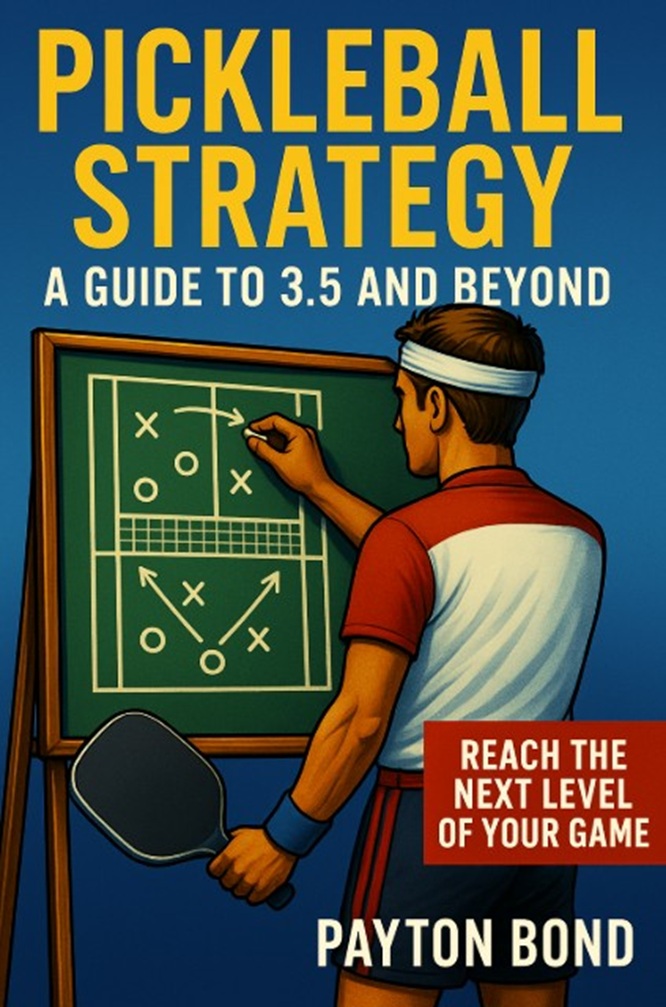
Pickleball Serve Legality: Disputes, Drop Serves, and Staying Sane
Ah, the pickleball serve legality dispute—a classic tale as old as the kitchen line. If you’re using the traditional volley serve, chances are you’ll eventually hear an opponent yell, “That serve isn’t legal!” And let’s be honest, they might not even be sure what the rules are—they just don’t like losing.
Why Serve Legality Gets Tricky
The rules for the traditional volley serve are pretty specific:
- Hit the ball below the waist.
- Use an upward motion.
- Keep the paddle below your wrist at contact.
These rules make perfect sense when you read them but can be hard to judge in real-time, especially from across the court. Is it legal? Is it not? Cue the drama.
The Drop Serve: Your Dispute-Free Backup Plan
If you’re not sure about the legality of your serve—or if someone challenges it mid-game—switch to the drop serve. Why? Because the drop serve is the Switzerland of pickleball serves: neutral, straightforward, and hard to argue with.
Here’s why it works:
- No waist-level restrictions.
- No upward swing motion required.
- No wrist-angle drama.
You just drop the ball, let it bounce, and smack it. Easy peasy.
How to Handle Serve Challenges Like a Pro
If someone questions your serve, take the high road:
- Stay Calm: No need to channel your inner pickleball lawyer.
- Acknowledge Their Concern: A simple, “Thanks for pointing that out,” works wonders.
- Switch to a Drop Serve: “I believe my serve is legal, but I’ll switch to a drop serve to keep the game going.” This shows sportsmanship and avoids unnecessary drama.
Later, grab a partner and review your traditional serve to make sure it’s on point for future games.
Calling Out Opponents: To Do or Not To Do?
If you’re on the other side of the net and think your opponent’s serve isn’t legal, proceed with caution:
- Ask Yourself: Is it Obvious? Unless their serve looks like it came from a tennis tournament, let it go.
- Pick Your Timing: Calling someone out mid-game can lead to awkward silences and “accidental” paddle bumps during changeovers. A better move? Mention it privately after the game and suggest they check the rules.
Keep the Focus on Fun
At the end of the day, pickleball is about having fun, not reenacting courtroom drama over a serve. Disputes are bound to happen, but handling them with grace keeps the game enjoyable for everyone.
So, whether you’re sticking with the volley serve or switching to the drop serve, keep your focus on good sportsmanship. And remember: the only thing worse than an illegal serve is losing a friend over it.
Check out Payton Bonds new eBook!
Pickleball Strategy – A Guide to 3.5 and Beyond
See it on Amazon.

👤 Follow Payton Bond
All Star and Top Contributor on multiple Facebook Pickleball Forums.
Contributor at TheKitchenPickle.com.
Visit Payton Bonds Facebook Page
Keep Learning:
- This post is in the Serve Post series, read the next post in this series: Serving Under Pressure in Pickleball – Tips for Consistency
- Check out more posts on Pickleball Etiquette here: Pickleball Etiquette Posts

